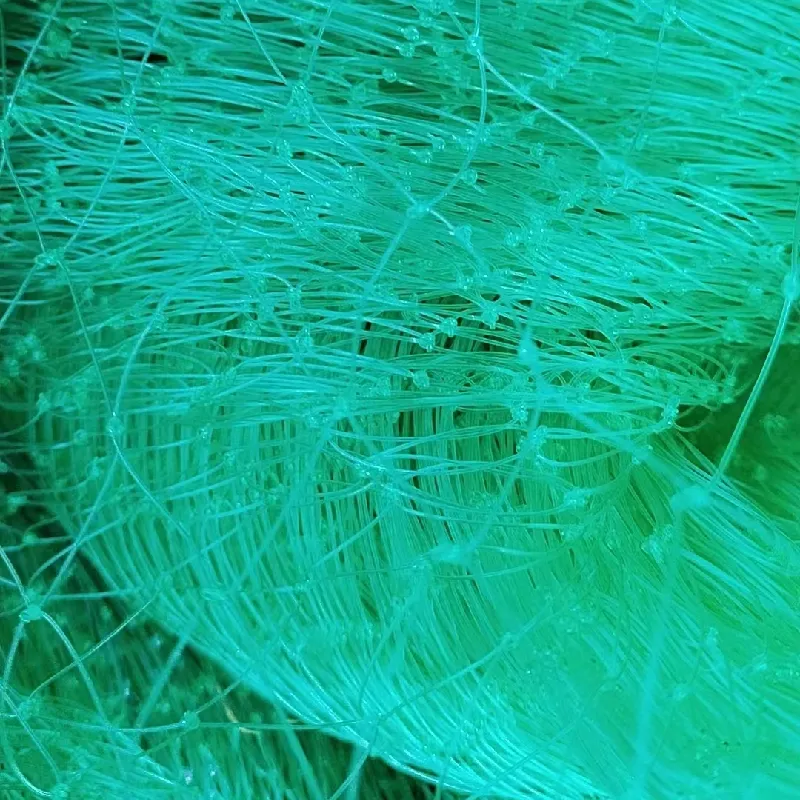-
 Afrikaans
Afrikaans -
 Albanian
Albanian -
 Amharic
Amharic -
 Arabic
Arabic -
 Armenian
Armenian -
 Azerbaijani
Azerbaijani -
 Basque
Basque -
 Belarusian
Belarusian -
 Bengali
Bengali -
 Bosnian
Bosnian -
 Bulgarian
Bulgarian -
 Catalan
Catalan -
 Cebuano
Cebuano -
 China
China -
 Corsican
Corsican -
 Croatian
Croatian -
 Czech
Czech -
 Danish
Danish -
 Dutch
Dutch -
 English
English -
 Esperanto
Esperanto -
 Estonian
Estonian -
 Finnish
Finnish -
 French
French -
 Frisian
Frisian -
 Galician
Galician -
 Georgian
Georgian -
 German
German -
 Greek
Greek -
 Gujarati
Gujarati -
 Haitian Creole
Haitian Creole -
 hausa
hausa -
 hawaiian
hawaiian -
 Hebrew
Hebrew -
 Hindi
Hindi -
 Miao
Miao -
 Hungarian
Hungarian -
 Icelandic
Icelandic -
 igbo
igbo -
 Indonesian
Indonesian -
 irish
irish -
 Italian
Italian -
 Japanese
Japanese -
 Javanese
Javanese -
 Kannada
Kannada -
 kazakh
kazakh -
 Khmer
Khmer -
 Rwandese
Rwandese -
 Korean
Korean -
 Kurdish
Kurdish -
 Kyrgyz
Kyrgyz -
 Lao
Lao -
 Latin
Latin -
 Latvian
Latvian -
 Lithuanian
Lithuanian -
 Luxembourgish
Luxembourgish -
 Macedonian
Macedonian -
 Malgashi
Malgashi -
 Malay
Malay -
 Malayalam
Malayalam -
 Maltese
Maltese -
 Maori
Maori -
 Marathi
Marathi -
 Mongolian
Mongolian -
 Myanmar
Myanmar -
 Nepali
Nepali -
 Norwegian
Norwegian -
 Norwegian
Norwegian -
 Occitan
Occitan -
 Pashto
Pashto -
 Persian
Persian -
 Polish
Polish -
 Portuguese
Portuguese -
 Punjabi
Punjabi -
 Romanian
Romanian -
 Russian
Russian -
 Samoan
Samoan -
 Scottish Gaelic
Scottish Gaelic -
 Serbian
Serbian -
 Sesotho
Sesotho -
 Shona
Shona -
 Sindhi
Sindhi -
 Sinhala
Sinhala -
 Slovak
Slovak -
 Slovenian
Slovenian -
 Somali
Somali -
 Spanish
Spanish -
 Sundanese
Sundanese -
 Swahili
Swahili -
 Swedish
Swedish -
 Tagalog
Tagalog -
 Tajik
Tajik -
 Tamil
Tamil -
 Tatar
Tatar -
 Telugu
Telugu -
 Thai
Thai -
 Turkish
Turkish -
 Turkmen
Turkmen -
 Ukrainian
Ukrainian -
 Urdu
Urdu -
 Uighur
Uighur -
 Uzbek
Uzbek -
 Vietnamese
Vietnamese -
 Welsh
Welsh -
 Bantu
Bantu -
 Yiddish
Yiddish -
 Yoruba
Yoruba -
 Zulu
Zulu
Exploring the Evolution and Impact of Breeder Networks in Animal Husbandry Practices
The Evolution and Impact of Breeder Nets in Aquaculture
Aquaculture has been rapidly evolving over the past few decades, and one of the innovative solutions that has emerged in this field is the use of breeder nets. These nets are specifically designed for the breeding of aquatic species, providing a controlled environment that enhances the efficiency and success rates of spawning and larval rearing. As the demand for seafood continues to rise due to population growth and declining wild fish stocks, breeder nets have become an essential tool for sustainable aquaculture practices.
Breeder nets are typically made from durable materials that are resistant to wear and tear, ensuring longevity in various aquatic environments. These nets can be deployed in various settings, including ponds, lakes, and coastal waters. Their primary function is to create a safe and contained environment for fish and other aquatic organisms during their reproductive cycles. By providing an enclosed space, these nets protect the vulnerable breeding stock from predators and environmental disturbances, which can significantly increase the survival rates of eggs and larvae.
One of the significant advantages of utilizing breeder nets is the enhancement of monitoring and management practices. The enclosed nature of these nets allows aquaculture specialists to closely observe breeding behaviors, analyze growth rates, and assess the overall health of the organisms within. This data-driven approach enables practitioners to make informed decisions regarding feeding, water quality management, and disease control, ultimately leading to more successful breeding outcomes.
breeder nets

Moreover, breeder nets facilitate controlled cross-breeding programs that can improve the genetic diversity and resilience of fish stocks
. By carefully selecting breeding pairs and monitoring their offspring, aquaculture producers can develop strains that are better suited to withstand diseases, adapt to changing environmental conditions, and grow faster. This genetic improvement is crucial for meeting the increasing global demand for seafood while also contributing to the sustainability of marine ecosystems.Another important aspect of breeder nets is their role in reducing the impact of aquaculture on wild fish populations. Traditional fishing methods often lead to overfishing and the depletion of certain species. By moving breeding operations to controlled environments using breeder nets, aquaculture can alleviate some of the pressure on wild fisheries. This practice not only ensures a steady supply of fish but also helps preserve biodiversity in marine ecosystems.
Despite their numerous benefits, there are challenges associated with the use of breeder nets. Issues such as water quality management, environmental impacts, and potential escape of bred species into natural habitats must be carefully addressed. Over time, aquaculture practices have evolved to incorporate better management practices, including regular monitoring of water parameters and implementing measures to prevent escapes, ensuring the integration of breeder nets into sustainable aquaculture systems.
In conclusion, breeder nets represent a significant advancement in the field of aquaculture, providing a means to enhance breeding efficiency, genetic diversity, and sustainability. As the global population continues to grow, the pressure on our marine resources intensifies, making the adoption of innovative solutions like breeder nets more crucial than ever. By leveraging technology and best practices, we can work towards a future where aquaculture not only meets the increasing demand for seafood but also protects and preserves our ocean ecosystems for generations to come.
-
Shipping Plastic Bags for Every NeedNewsJul.24,2025
-
Safety Netting: Your Shield in ConstructionNewsJul.24,2025
-
Plastic Mesh Netting for Everyday UseNewsJul.24,2025
-
Nylon Netting for Every UseNewsJul.24,2025
-
Mesh Breeder Box for Fish TanksNewsJul.24,2025
-
Expanded Steel Mesh Offers Durable VersatilityNewsJul.24,2025











